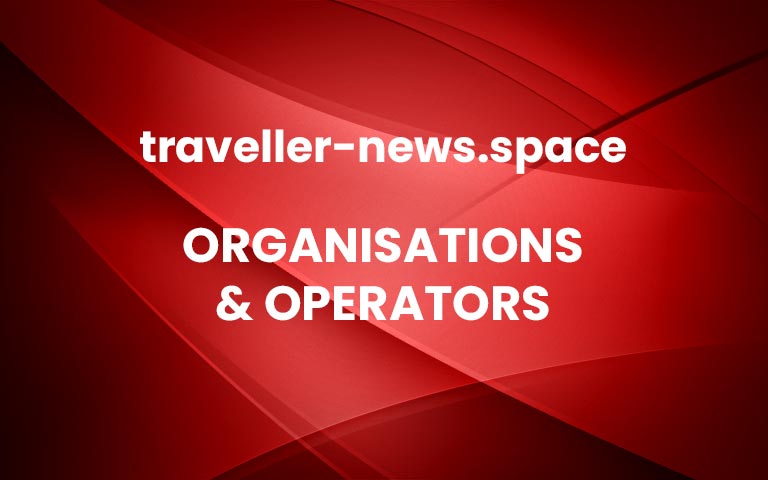Emirates, flydubai and Dubai Finance partner to accelerate ‘Dubai Cashless strategy’
Emirates and flydubai have signed two Memoranda of Understanding (MoUs) with Dubai Finance (DOF) to advance digital payment initiatives and promote ‘Dubai Cashless Strategy’ among international tourists, cementing the city’s position as a global digital economy hub. With over 18.7 million tourists visiting Dubai in 2024, cash-reliant travellers represent the emirate’s greatest untapped potential for […] More


